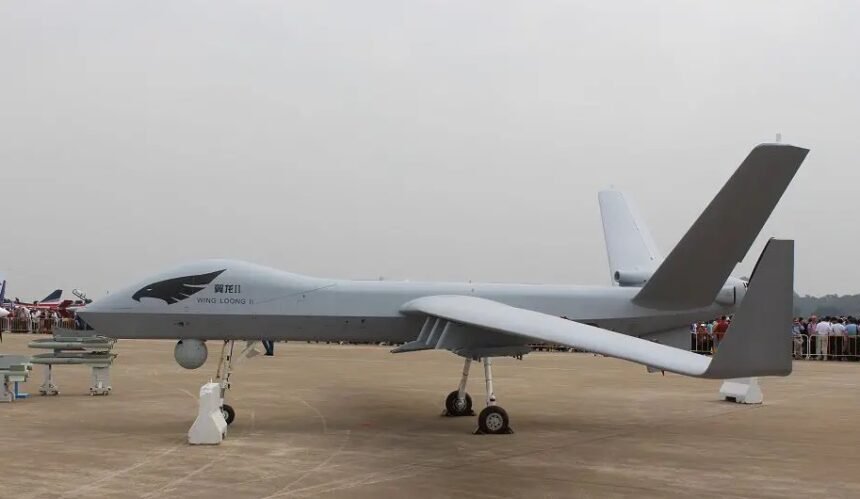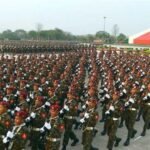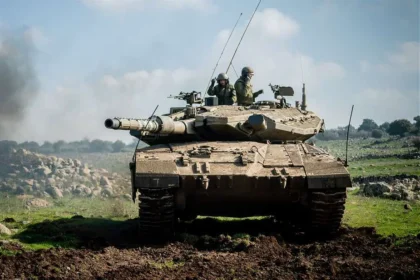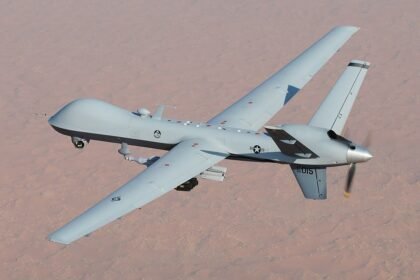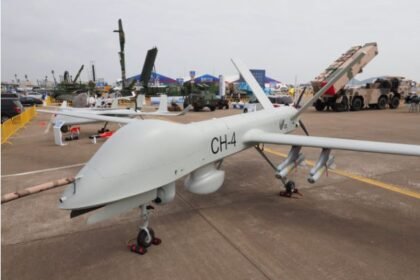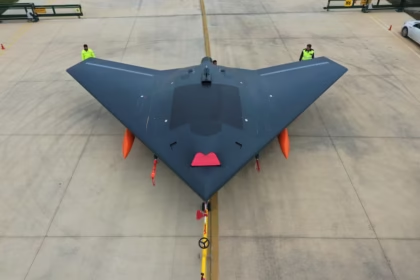The Wing Loong series of drones, developed by China, has gained attention for its capabilities and cost-effectiveness, especially in comparison to Western alternatives like the U.S.-made MQ-9 Reaper. However, like any military platform, it comes with its set of advantages and disadvantages.
Advantages of Wing Loong Drones
- Cost-Effective
- The Wing Loong drones are significantly cheaper than their Western counterparts, such as the MQ-9 Reaper. This makes them an attractive option for countries with limited defense budgets that still require modern UAV capabilities.
- Lower acquisition and maintenance costs allow countries to procure multiple units, increasing operational flexibility.
- Combat-Ready
- The Wing Loong series is not just for surveillance but also combat missions. They can carry a variety of Chinese-made precision weapons, such as guided bombs and air-to-ground missiles (e.g., AKD-10 and BA-7), enabling them to perform strike missions.
- This capability makes it a versatile asset in both reconnaissance and attack roles.
- Long-Endurance and Range
- The drones have long endurance, capable of staying airborne for 20-40 hours, depending on the variant. This allows for extended missions over large geographic areas, which is ideal for surveillance and military operations.
- The range of 4,000-5,000 km makes them suitable for operations far from base, reducing the need for frequent refueling.
- Easy Integration and Operation
- Wing Loong drones are designed to be relatively easy to operate and integrate into existing military systems. They can be controlled via ground stations and support both autonomous and semi-autonomous modes.
- This reduces the learning curve for operators and allows for rapid deployment.
- Diverse Mission Capabilities
- The Wing Loong drones can be used for a wide range of missions, including surveillance, reconnaissance, border patrol, strike missions, and maritime security. This versatility makes them useful for different military branches and civil applications like disaster monitoring.
- Proven Combat Effectiveness
- The Wing Loong drones have been used in real-world combat environments, such as in Yemen, Libya, and Egypt. Their proven effectiveness in these conflicts adds to their credibility as reliable UAVs for both surveillance and combat operations.
Disadvantages of Wing Loong Drones
- Inferior to Western UAVs in Technology
- While cost-effective, Wing Loong drones are generally seen as technologically inferior to more advanced Western UAVs like the MQ-9 Reaper. They have lower sensor quality, less precision in strikes, and inferior data processing capabilities.
- In particular, the electro-optical and infrared sensors of Wing Loong drones are not as advanced as those used in U.S.-made UAVs, affecting the quality of real-time surveillance and reconnaissance.
- Limited Payload Capacity
- Although the Wing Loong can carry weapons, its payload capacity is smaller compared to the MQ-9 Reaper. This means it can carry fewer or smaller munitions, limiting the scale of its strike capabilities in larger or more intensive combat operations.
- Reliability and Durability Concerns
- Wing Loong drones have been criticized for reliability issues, including problems related to communication links, durability under adverse weather conditions, and maintenance difficulties.
- In certain conflict zones, reports have surfaced of Wing Loong drones being shot down or malfunctioning due to their lower build quality and vulnerability to electronic warfare.
- Limited Autonomy
- The Wing Loong series relies heavily on remote control by operators and offers less sophisticated autonomous capabilities than some Western alternatives. This limits their ability to conduct highly complex missions without human input and can create vulnerabilities in hostile environments where communication links might be disrupted.
- Political and Export Limitations
- Chinese-made drones like the Wing Loong face restrictions in certain international markets due to geopolitical concerns. Countries aligned with Western powers may be hesitant to purchase Chinese technology due to security concerns, trade restrictions, or military alliances with the U.S. and NATO.
- Additionally, Chinese arms exports are sometimes subject to political controversy or limitations, especially in regions where there is international scrutiny of conflicts.
- Less Effective in High-Tech Warfare
- Wing Loong drones are suitable for low- to mid-level conflicts but may not perform well in environments with high-tech adversaries. In scenarios involving advanced anti-air systems, electronic warfare, or cyber threats, the Wing Loong drones could be more vulnerable than their Western counterparts.
Conclusion
The Wing Loong drones offer a cost-effective and versatile solution for countries that need UAVs for both surveillance and combat missions. Their affordability and combat-proven track record in various conflict zones make them appealing, especially to nations with limited defense budgets. However, they fall short in terms of advanced technology, payload capacity, and durability compared to more sophisticated Western drones like the MQ-9 Reaper. Countries must weigh the trade-offs between cost and performance when deciding whether the Wing Loong series fits their military needs.


